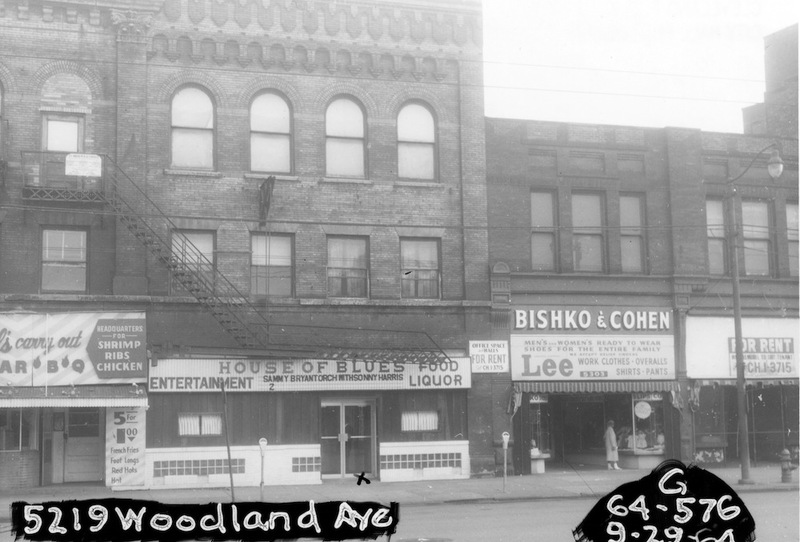
In its heyday in the late 1950s and early 1960s, the corner of Woodland and East 55th was, in the words of bluesman George Hendricks, "like another city—it was like New York." Before Leo's Casino had its storied run as a Motown stronghold on Euclid Avenue, Gleason's Musical Bar was the anchor of what some called "Cleveland's Harlem." By providing a welcoming place for black musicians to break their talent, Gleason's played an important but seldom cited role in enabling Cleveland to assume its eventual reputation as the home of rock and roll.
The jazz and blues traditions that underlay the emergence of rock and roll found expression in the American South and, as a result of the Great Migration, in northern cities as well. Into the mid-twentieth century, African American performers played the so-called Chitlin' Circuit, a series of music clubs throughout the eastern United States that provided a safe haven from Jim Crow practices. Though less known today than Leo's Casino, Gleason's Musical Bar, opened in 1942 by William "Jap" Gleason at 5219 Woodland Avenue, was one of three local clubs on the Chitlin' Circuit.
Gleason's challenged social norms by being an interracial venue. Although patrons were predominantly black, Jap Gleason never discouraged white patrons from enjoying the music. One famous white patron at Gleason's was radio personality Alan Freed, who is credited with coining the term "rock 'n' roll." In fact, Freed recruited Gleason's performers to play on the WJW radio station. Freed was also the host, coordinator, and MC of the first Moondog Coronation Ball that took place in 1952. Gleason's kickstarted a number of black artists' careers. Jap Gleason employed noted musicians like James Brown and Tiny Grimes for a time. Tiny Grimes was one of the artists billed to play the Moondog Coronation Ball.
Jap Gleason's legacy runs deeper than simply being a music venue owner. He helped set the standard for music establishments in Cleveland. Gleason's Musical Bar was a small stage that seated around 100 people. Jap Gleason did not force patrons to leave after the shows but instead encouraged them to stay as long as they felt comfortable. To Gleason it was about people enjoying the music. He also set a dress code for his patrons and musicians, requiring a high standard of dress for everyone who entered his establishment.
The intimate setting and personalized attention that Gleason showed to performers was not enough to overcome an emerging trend in the music industry, one that accompanied the growing crossover popularity of black music. Gradually promoters at bigger venues began attracting multi-act Motown revues, and the center of gravity for nightlife shifted about two miles east to the "Gold Coast" around Euclid Avenue and East 105th Street. With the club's closing in 1962, Jap Gleason entered into real estate investment until his death in 1996.
In 1964, the location of Gleason's reopened as another club called the House of Blues. This House of Blues had no connection with the former Gleason's or the current House of Blues located on Euclid Avenue at East 4th Street. By shepherding musicians through a difficult time in American history and challenging discrimination, men like Jap Gleason gave up-and-coming artists the ability to hone their music abilities so that rock and roll had a firm foundation. In that sense, the connection between Gleason's Musical Bar and the chain concert hall in the heart of downtown could not be clearer.
Audio
Images


